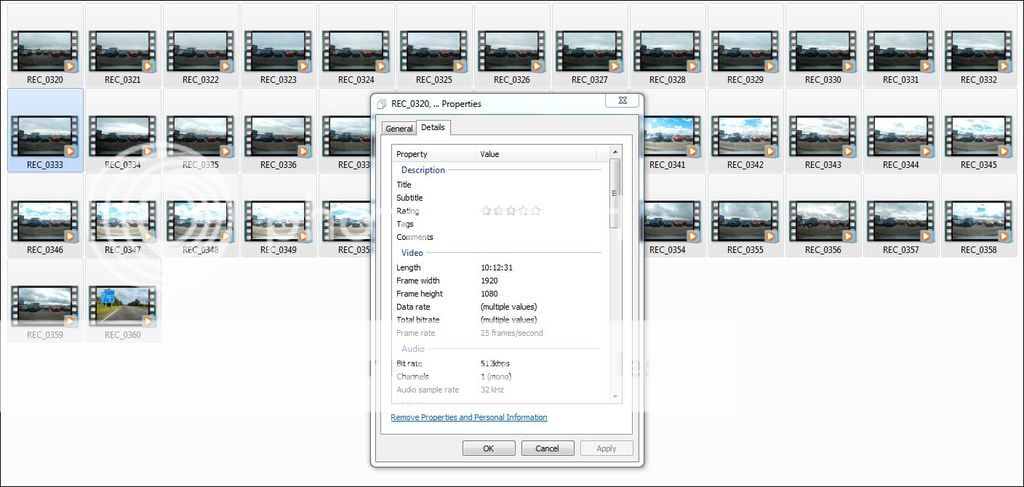newton
Member
- Joined
- Mar 3, 2016
- Messages
- 27
- Reaction score
- 30
- Country
- United Kingdom
- Dash Cam
- x6 B Lens supercap FW0.59
So Im going to add a second mobius to the rear of my car and just need a bit of help with something Im considering doing please.
I want to use a power bank to use for security footage when Im parked away from home. Preferably to put the mobius in motion detection mode. Rather than needing a bigger card than the originally recommended 32GB and also only relevant footage will be stored (hopefully).
My question is if I leave both mobius in that mode, can they be used successfully as a dashcam without me having to change the mode when I disconnect the powerbank and plug the power back in? They will both be super cap powered.
Any help is appreciated. I know @Dashmellow has mentioned he uses a power bank, but not sure of the configuration. Im not sure if a powerbank with 'smart charge' feature may also mean it would turn off early if it thought the super cap was charged fully.
I have read similar threads, but nothing answers all of my questions, so please accept my apologies if I repeat questions that have already been asked.
I want to use a power bank to use for security footage when Im parked away from home. Preferably to put the mobius in motion detection mode. Rather than needing a bigger card than the originally recommended 32GB and also only relevant footage will be stored (hopefully).
My question is if I leave both mobius in that mode, can they be used successfully as a dashcam without me having to change the mode when I disconnect the powerbank and plug the power back in? They will both be super cap powered.
Any help is appreciated. I know @Dashmellow has mentioned he uses a power bank, but not sure of the configuration. Im not sure if a powerbank with 'smart charge' feature may also mean it would turn off early if it thought the super cap was charged fully.
I have read similar threads, but nothing answers all of my questions, so please accept my apologies if I repeat questions that have already been asked.
Last edited:

